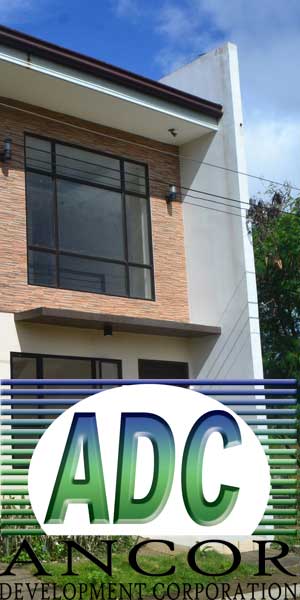
BY NINO MANAOG
Many years ago, I read an article claiming that nowhere in the country was politics more visible—as in “visual”—than in Bicol.
It pointed out how the congressmen, particularly in Camarines Sur in the 1990s, made themselves literally visible by having their names not only painted or engraved but also creatively designed in their projects.
In particular, it referred to the many waiting sheds built across the towns in Camarines Sur at the time.
I had seen these proofs of “imprinting” by our local politicians in their projects. As a college student, I remember waiting in these sheds, commuting to and from Naga City or travelling around the towns, or going to Manila for a students’ congress.
Around Naga and going to Calabanga town, there were these sheds built “through the efforts” of the late Raul Roco, congressman of the Second District, who later became a senator.
These concrete sheds were built with flanking posts engraved with a spade on each side. The spades were painted and mounted halfway from the ground, big enough so that one could see it clearly from a distance.
I remember seeing the spade trademark associated with Roco, who later became education secretary—even up to 2004 when he ran for president and lost to Gloria Arroyo.
Around the same time, I also remember seeing “V” and “A” waiting sheds. Accordingly, they were marked as part of the projects of the 1980s assemblyman and later Camarines Sur Gov. Luis Villafuerte and representatives Boboy Alfelor of the fourth district and Rolando Andaya of the first district who also had their “A” sheds.
For one, the sheds only showed how those leaders marked their political, particularly electoral territories. Just like how dogs are said to pee in particular places in order “to mark their territory”.
Years later, however, I would realize that the article’s claim is not true because the same thing I would see even more common in the Visayas and even in parts of Mindanao.
Seeing these structures reminded me of congressmen who were instrumental in the project even as I knew about them through the local paper or radio stations.
Through the sheds and later, other projects like the multipurpose halls or gymnasiums, I was subconsciously being told that the people have “utang na loob” to them.
Effectively they reminded me that our leaders—honest, corrupt, or whatever they really were—had really absolutely done something good for our community.
The sheds were made to serve as monuments for them. And as long as they stand, they will remind me of our leaders’ hard work or even credibility.
However, these structures, purposely designed to immortalize their names in the minds of the public, rather look like petty accomplishments.
Projects of this kind these days have only spawned white elephants such as the footbridges along the highways which are hardly used by pedestrians because they are rather both unnecessary and more inconvenient.
Oh, how we once admired the creativity of those who built these sheds. Whoever designed these structures knew how to build up the images of their “patrons.”
These structures built to give credit to the efforts of a leader—whatever his involvement in them—really made them look good.
Such packaging and image-building have been effective because now we can readily attach their names to accountability or service.
Or even “hard work”; though certainly not progress.
#epal.*






